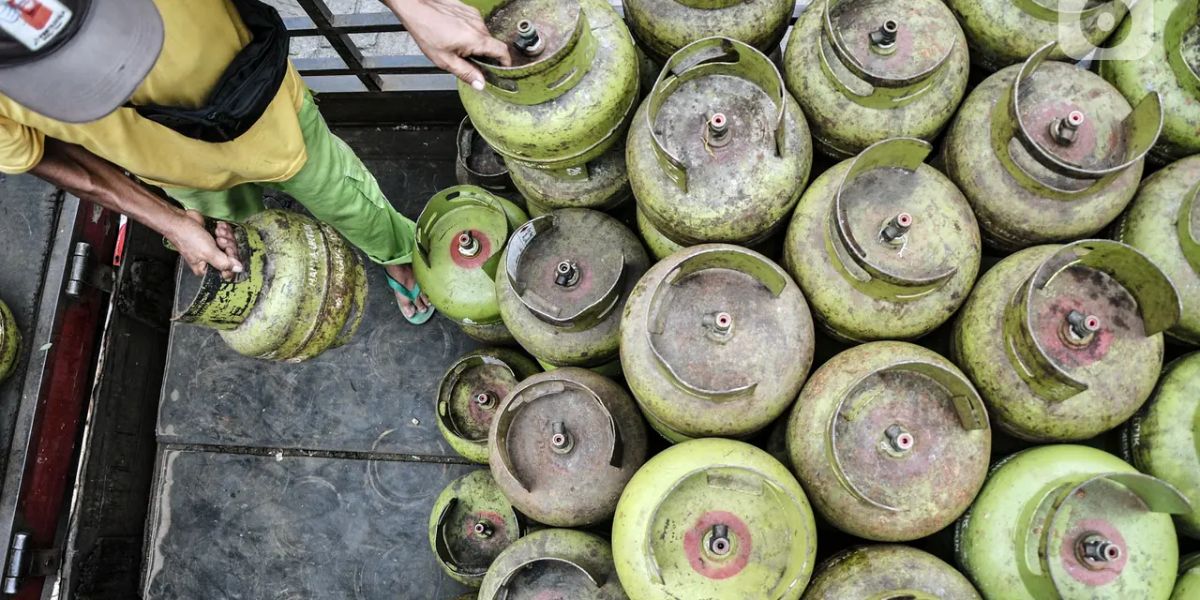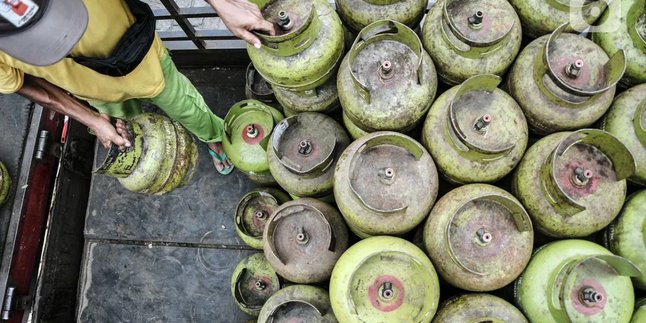Kapanlagi.com - Beware of Gas Leaks: Safe Solutions for Loose Regulators!
The issue of poorly installed gas regulators can pose a serious threat to household safety. Gas leaks caused by loose regulators have a high risk of causing fires. Unfortunately, many people often ignore this problem or attempt to fix it in unsafe ways, such as using rubber bands to patch gaps in the regulator. However, it is important to remember that rubber bands can expand and break, which will only worsen the situation!
Therefore, KapanLagi.com summarizes from various sources, Monday (24/3/2025) about simple and safe solutions that can be applied. One effective method is to use water tap insulation. This technique has been proven to effectively seal loose gas regulators without increasing the risk of fire. With this step, you can ensure that the gas regulator is tightly installed and keep your family safe at home. Don't take this issue lightly! Safety comes first!
1. Common Causes of Loose and Leak-Prone Gas Regulators
Before proceeding to the repair stage, we need to identify the main causes of loose gas regulators. Several crucial factors such as the age of the regulator, inadequate quality, and improper installation can be the culprits behind gas leaks. Often, a loose regulator is caused by age or incompatibility between the regulator and the gas cylinder used.
2. Effective Solution: Using Insulation to Patch Loose Gas Regulators
In an effort to address the issue of loose gas regulators, YouTube user PANS Hoki shares a clever trick by utilizing water tap insulation. The method is quite simple: just wrap the insulation a few turns to create a thick and tight layer. "The more turns, the sturdier the patch," they say, offering a practical solution that can be tried at home!
3. Steps to Fix a Loose Gas Regulator Using Insulation
Want to fix a loose gas regulator easily? Follow these simple steps!
- First, prepare heat and pressure-resistant water tap insulation.
- Then, apply the insulation to the gas mouth and regulator.
- Make sure the insulation layer is thick enough to create a tight seal.
- After that, reattach the regulator and press gently until the hissing sound is no longer heard. This way, your problem can be resolved quickly and efficiently!
4. Ensuring There Are No Leaks After Repairing the Gas Regulator
After completing the repair on the gas regulator, the next equally important step is to ensure its safety from leaks. The method is quite simple: take soapy water and apply it to the regulator joints. If small bubbles suddenly appear, it means there is a gas leak that needs to be addressed immediately!
5. Other Alternatives to Address Loose Gas Regulators
In addition to relying on insulation, there are several interesting alternatives you can try, such as replacing the seal rubber on the regulator or switching to a regulator with a more robust locking system. By using a stronger locking regulator, you can ensure a tighter and maximum installation, thus effectively minimizing leakage issues.
6. Why Gas Regulator Maintenance is Important for Home Safety
Ensuring safety in your home starts with proper maintenance of the gas regulator. An old or malfunctioning regulator can be a source of dangerous leaks that threaten lives. Therefore, ensuring that the gas regulator remains in excellent condition is a crucial step in preventing unwanted fires.
7. When is the Right Time to Replace a Gas Regulator?
Don't underestimate an old or leaking gas regulator! To ensure safety and prevent fire risks, it's important to replace it immediately. Ideally, replacement should occur every 3-5 years, or sooner if you start to see signs of damage. If your gas regulator is difficult to install tightly or often leaks, don't wait any longer—replace it to protect your home and family!
8. FAQ about Dealing with Loose Gas Regulators
Here are some interesting questions and answers about gas cylinder regulators that you need to know! Are you worried about a loose gas regulator? Don't worry, you can use heat and pressure-resistant insulation to patch it up. However, keep in mind that gas regulators can become loose or leak due to several factors, such as age, quality, and improper installation. If you're looking for alternatives, replacing the rubber seal or choosing a regulator with a stronger locking mechanism can be a smart solution. To check if your regulator is still leaking, simply use soapy water to detect it. And remember, it's important to replace the gas regulator every 3-5 years or immediately if it shows signs of wear to stay safe and comfortable while cooking!
(kpl/lfz)
Disclaimer: This translation from Bahasa Indonesia to English has been generated by Artificial Intelligence.












